|
By Eva Inbar This summer, I visited Portland, Oregon. Portland is one of the most popular places to live in this country, and now I understand why. It is of course a place of great natural beauty being situated on the Willamette River that is crossed by many bridges. But much of Portland’s recent success is a result of a conscious planning effort to limit auto traffic in the center city and make it a place for people. This has attracted many young urban professionals who have made Portland the vibrant place it is today. Portland has made a serious investment in its light rail, streetcar, and bus system to provide mobility. Driving downtown is discouraged through a variety of strategies. Parking is scarce and expensive. Streets are narrow, many are one-way and turns are restricted. All of this combines to make the driving experience so slow and annoying that only a fool would try to drive downtown. Most streets have a dedicated lane for buses and streetcars. An extensive system of light rail lines connects Portland with its suburbs. Public transportation is well used throughout the day and downright crowded during rush hour. Groups of people can be seen on the sidewalks all over the city waiting for their tram. There is a bike share service with brightly colored orange bikes, but my husband and I opted to rent bikes for the day at Portland State University’s bike hub. The rental came with a free bike map that revealed a network of bike routes connecting central Portland with the outlying areas. In the mornings and evenings, you can observe a steady stream of bike commuters on these routes. Every kind of exciting new bike infrastructure can be found in Portland: cycle tracks, fat green bike lanes, bike boxes even for left turns! Clearly, Portland is doing everything it can to encourage bicycling. The walking experience downtown is excellent due to a network of curb extensions and a critical mass of other pedestrians around. Clearly, Portland has been doing this for a long time because these curb extensions are not new. And Portland has the most courteous drivers I have seen anywhere! Perhaps the grandest statement of Portland’s philosophy (and its recipe for success) is its newest bridge, the Tilikum Crossing, dubbed a “Bridge of the People.” This beautiful modern bridge offers spacious accommodations for bicyclists and pedestrians as well as buses and light rail—but not cars. All these efforts taken together and sustained over many years have made the difference. They have made Portland a city where street life is flourishing and where young people love to live. It is economically and culturally thriving. No empty store fronts there. Its restaurants are packed and the beer scene has to be experienced to be believed. I haven’t had so much good beer in a long time!
0 Comments
By Dennis Thompson
In April of this year, a group of eight cycling friends rode 444 miles from Nashville, Tennessee, to Natchez, Mississippi, on the Natchez Trace. As we learned along the way, the Trace (a French word for trail) has been used by animals and humans for thousands of years as a north-south route through this part of the country. It had its high point from 1790 to 1820, when settlers from Ohio walked back home after delivering their goods to the Gulf area via boat on the Mississippi River. When steamboats came into use, they no longer walked, and the trail fell into disrepair. Today, the Trace is a National Parkway, part of our national parks system. It is a 500 foot wide beautifully landscaped swath of land which passes through southern Tennessee, a corner of Alabama, and a big diagonal through Mississippi. There are historical and scenic stops along the way, including Native American ceremonial mounds, 200-year old cabins, antebellum mansions, Merriweather Lewis’s death place, swamps and ponds. For us, this was a cyclists’ paradise! The gently rolling two-lane road has a speed limit of 50 miles per hour; commercial vehicles are not allowed, and bicycles have the right of way! There are no stop signs or cross-traffic; cars pass over and under, or merge with curved ramps. We rode 40-50 miles a day (we took turns driving our rented van) and stayed in motels and historic B & B’s in little rural towns, as well as Jackson, Natchez, and Tupelo (Elvis’s birthplace). We ate a little too much Southern food, but it was a most memorable trip for all of us! |

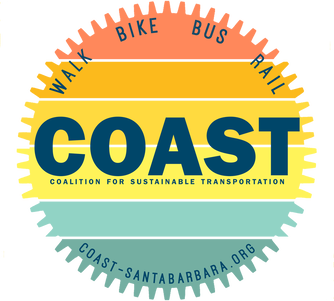
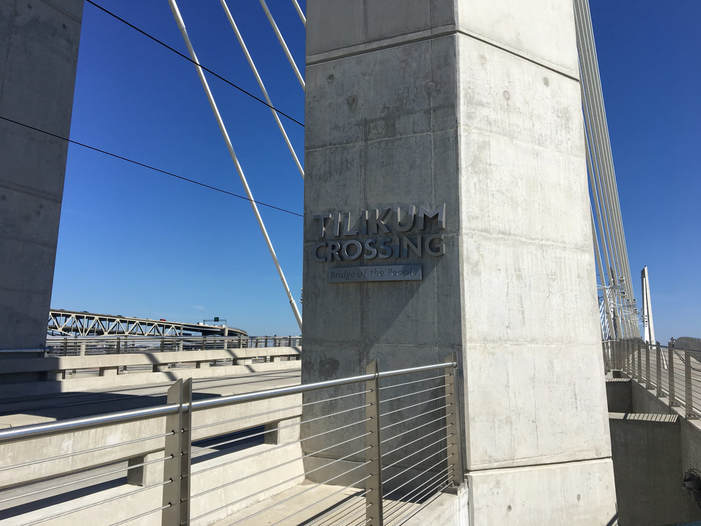
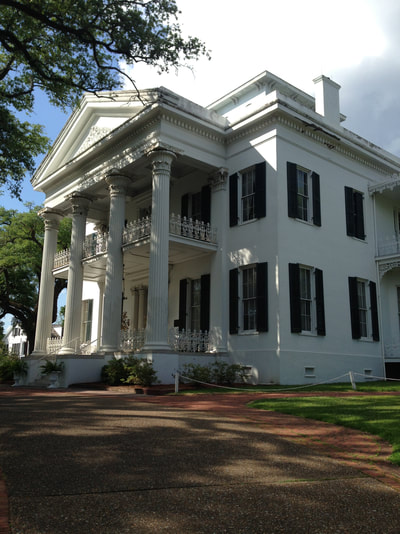
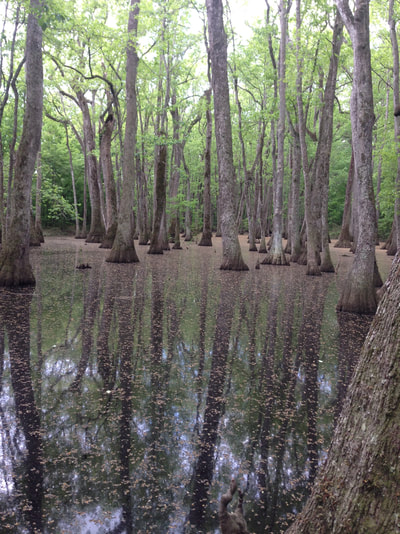
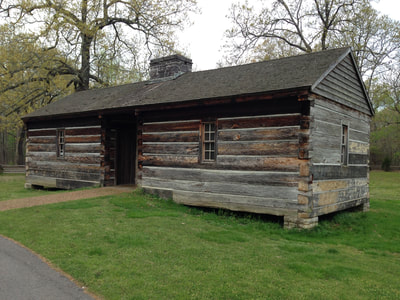
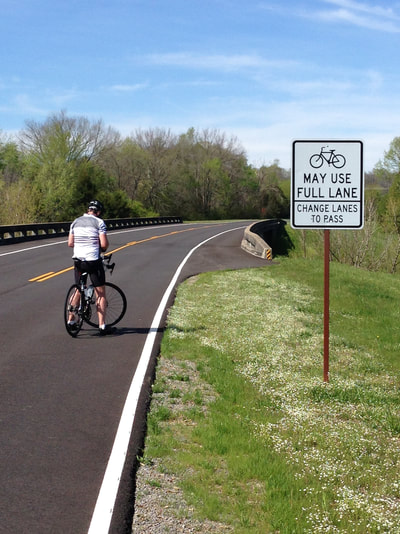

 RSS Feed
RSS Feed
